Autism and Work
Let's talk about ASD



Disclaimer
This presentation and its contents are the intellectual property of the author. The author is aware of limitations to copyright law thus granting non-exclusive permission of fair usage of the material, under Sections 29 - 30, Copyright, Designs & Patents Act 1988.
Should any portion of this presentation or its contents be reproduced, appropriate attribution should be given to the author, and should only be done with the express written permission of the author.
There will be no express limitation on the terms of use, unless and / or until the copyright owner revokes said permission.
This website is subject to change without prior given notice.
For further information, please e-mail autismandwork@gmail.com.
My Objectives

Overview & definition of autism

Stats & success stories

Practical tips to implement in your workplace

Inspire your company to hire more of the significant, untapped, pool of highly intelligent autistic individuals that are not represented within the current workforce
Who Am I?

Actuary

Software Engineer

Blogger

Tennis Player

Dog Enthusiast


NOT a Medical Professional

Autistic
What is ASD?
Autism Criteria
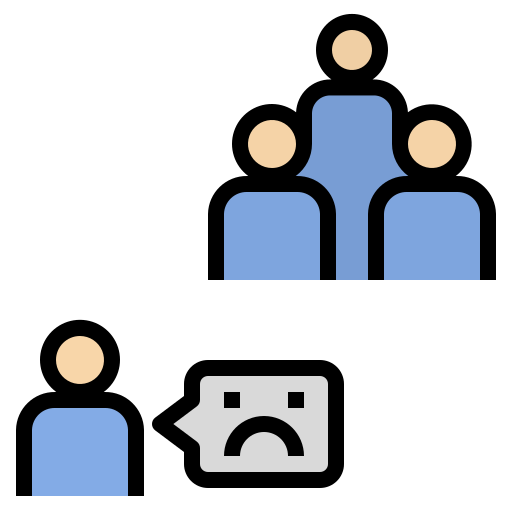
Persistent deficits in social communication and social
interaction, including:
- Deficits in social-emotional reciprocity
- Deficits in non-verbal communicative behaviours
- Deficits in developing, maintaining and understanding
relationships
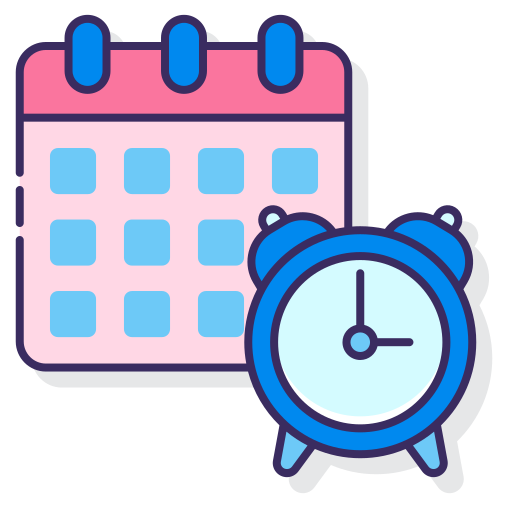
Restrictive, repetitive patterns of behaviour, interests or
activities, including:
- Repetitive motor movements, use of objects or speech
- Strict adherence to routines
- Very restricted, fixated interests that are high in intensity
and focus
- Hyper- or hyporeactivity to sensory inputs

Symptoms must be present in the early developmental period, must cause clinically significant impairment in social, occupational or other areas of functioning and can't be better explained by intellectual disability or developmental delay
In My Head
(1) How many syllables were said?
(2) Who said you'd be coming in to the office?
(3) What animal noise occurred during her monologue?
The "spectrum"

Low
Functioning
High
Functioning



Low
Functioning
High
Functioning
"If you've met one individual with autism, you've met one individual with autism"
- Dr Stephen Shore
My Objectives

Overview & definition of autism

Stats & success stories

Practical tips to implement in your workplace
ASD Stats
Autism Prevalence
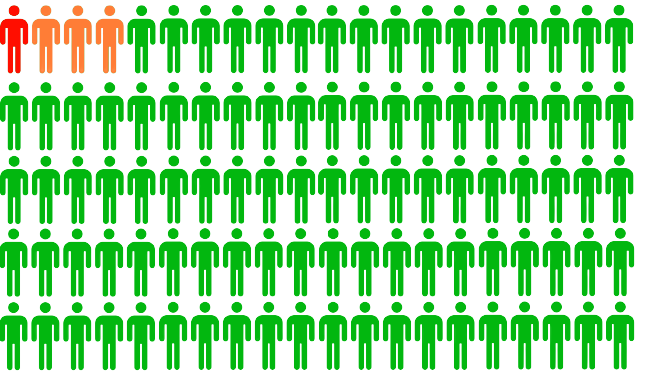
Recent studies
( Source: "Global Prevalence of Autism: A Systematic Review
Update, 2022")
indicate that approximately 1% of the population are diagnosed
with autism.
With that said, data across multiple studies indicate a material
gender bias in favour of males. Currently, there's no scientific
consensus as to why this might exist, aside from biases in
diagnostic criteria - therefore, equalising for this bias
suggests that autism prevalence may be as high as 4%.
We should note that, owing to advances in diagnostic
capabiliies, and a greater understanding and awareness of autism,
prevalence has steadily increased over the past decades (some
studies indicate a tripling of rates in the US between the years
2000 and 2020). Should these advances continue, the figures
mentioned in this presentation likely underestimate the "true"
prevalence.
Autism and IQ


- The vast majority of the neurotypical population have IQs centered around 100, with a small cohort of people either side of this
- Autistic people often fall in two camps - IQs below 70 (cognitively impaired) or above 115 (very intelligent)
- There are estimated to be 4 times as many autistic people with IQs above 130 (gifted) than neurotypicals
Source: "Autism Spectrum Disorder and IQ - A Complex Interplay", 2022
Unemployment
Despite the IQ figures shown on the previous slide, autistic individuals display the lowest employment rate of all
disabilities recorded by the UK's Office for National
Statistics (ONS) at 29%.
Further studies indicate that:
- For those indiviuals with a college degree, the employment rate falls to only 15%
- Those individuals with jobs appear to be materially underemployed, with "office and administrative support" and "food preparation and service" accounting for almost 40% of jobs
- Approximately 80% of jobs held are part-time
- Of those employed full-time, average earnings are a mere $8.08 per hour
Source: US Department of Education, NLST2
What This Means ...

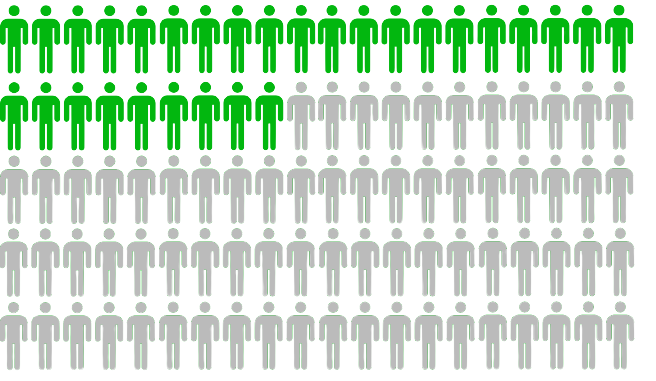

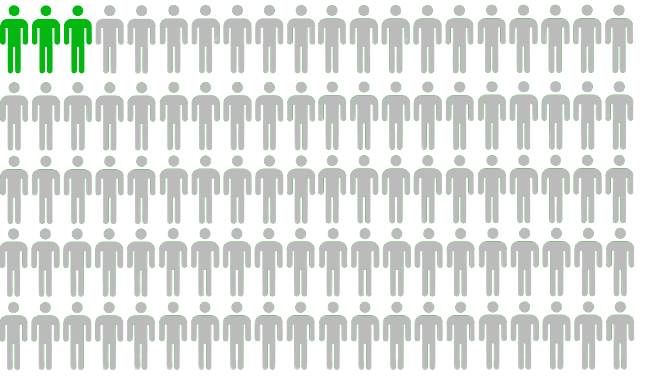

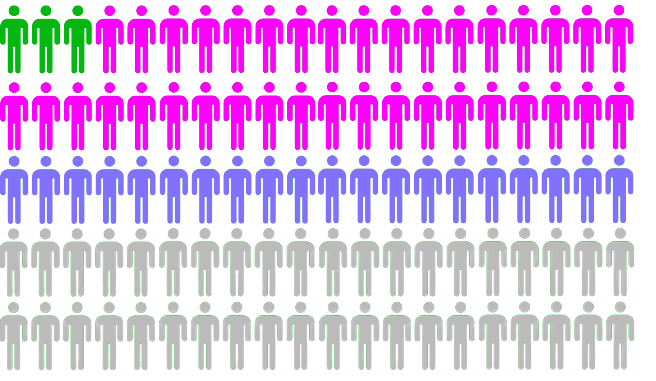
Begin with 100 autistic individuals
... 71 are unemployed
... Of the remaining 29, a further 23 are only employed on a part-time basis
... Of the remaining 6, a further 3 are underemployed (food service, admin support)
... This leaves only 3 individuals of the original 100 that are likely to be "fully" employed
... But wait! We know that 60 of these individuals are of "average" or "above average" intelligence!
... In fact, 40 of them are considered "highly intelligent"
Key takeaway: There's a significant, untapped, pool of highly intelligent autistic individuals that are not represented within the current workforce.
ASD Workplace Success Stories
Benefits of Hiring Autistic Workers

Innovation: Autistic individuals, by our very nature, think differently - this quality is the heartbeat of innovation

Problem Solvers: Owing to enhanced pattern recognition abilities, logical thinking, analytical abilities, an ability to consider many more possibilities and the absence of societal assumptions

Higher & Sustained Concentration: Alongside great attention to detail, conscientiousness and persistence to see a task through to the end

Productivity: 140% more productive than their neurotypical counterparts - in other words, 1 autistic employee does the work of almost 2.5 neurotypical employees (Source: JP Morgan)

Extreme Honesty: Honesty is paramount to building trust - both with employees and clients. Autistic individuals often have this in spades (perhaps too much at times ...)
Companies Embracing ASD













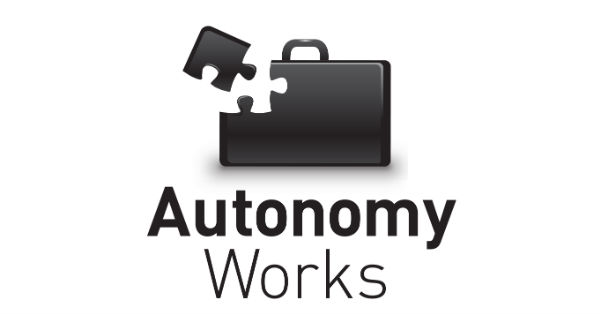

Company Feedback
"Neuro-divergent individuals have the ability to observe challenges, recognise patterns or spot solutions most of the population cannot "
- Ernst & Young LLP
"SAP has always seen hiring autistic people as a competitive advantage. They think differently and are central to our innovation agenda "
- SAP
"Neurodivergent individuals strengthen a workforce with their innovative thinking and creative solutions"
- Microsoft
"Autistic individuals are 48% faster and 140% more productive than their neurotypical peers, with a 99% retention rate"
- JP Morgan
My Objectives

Overview & definition of autism

Stats & success stories

Practical tips to implement in your workplace
ASD-Friendly Workplace
Overview
Even the playing field with respect to:

Attracting applicants

Interviews

Accommodations within the workplace
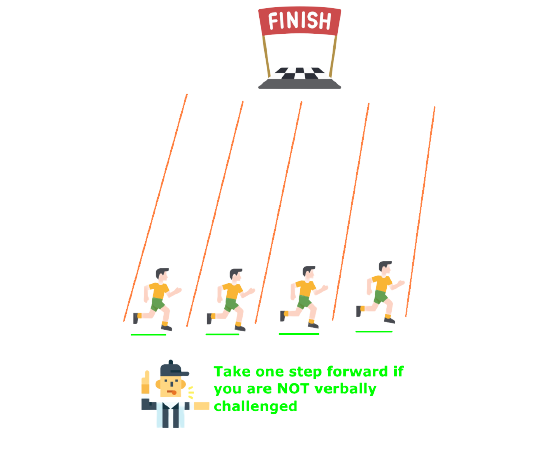

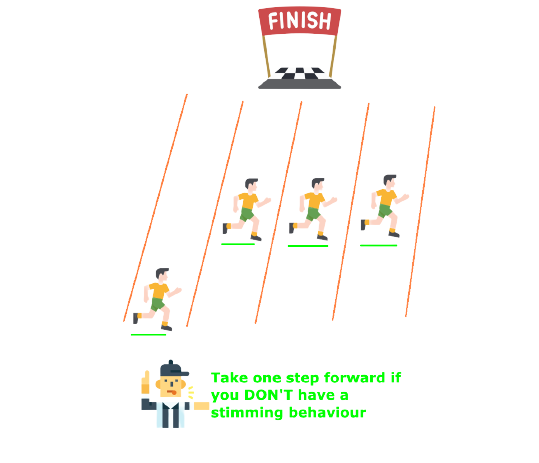

Recruitment
- Work with autism- or neurodiverse-specialist recruiters
- Clear and concise job adverts, plainly specifying role duties and responsibilities
- Be objective about the abilities and experiences that are essential for the job to be done well; leave out any that are not
- Specify that your company encourages applications for autistic individuals, alongside any workplace adjustments your company has made
- Directly approach candidates for roles

Interviews
- Don't do interviews, favour work trials instead
- Teach your interviewers about autism awareness
- Re-consider the benefits of competency-based questions
- Send the interview questions to the candidate in advance
- Be considerate about the interview environment
Food for thought: would Elon Musk pass the Tesla interview?

Environment
- Train all line managers in autism awareness
- Consider the most efficient deployment of your human capital - promoting specialist "centres of excellence" rather than insisting upon broad roles
- Implement "low stimulation" zones in your offices to allow autistic employees a safe space if they become overwhelmed
- Implement tools to deal with sensory overload
- Structure the work days and weeks for predictability
- Structured learning paths to help autistic staff develop the necessary skills they lack in order to progress in the business
- Embrace different methods of communicating great ideas
- Facilitate drop-in clinics to promote autism awareness

Objectives Review

Overview & definition of autism

Stats & success stories

Practical tips to implement in your workplace

Inspire your company to hire more of the significant, untapped, pool of highly intelligent autistic individuals that are not represented within the current workforce
Disclaimer
This presentation and its contents are the intellectual property of the author. The author is aware of limitations to copyright law thus granting non-exclusive permission of fair usage of the material, under Sections 29 - 30, Copyright, Designs & Patents Act 1988.
Should any portion of this presentation or its contents be reproduced, appropriate attribution should be given to the author, and should only be done with the express written permission of the author.
There will be no express limitation on the terms of use, unless and / or until the copyright owner revokes said permission.
This website is subject to change without prior given notice.
For further information, please e-mail autismandwork@gmail.com.